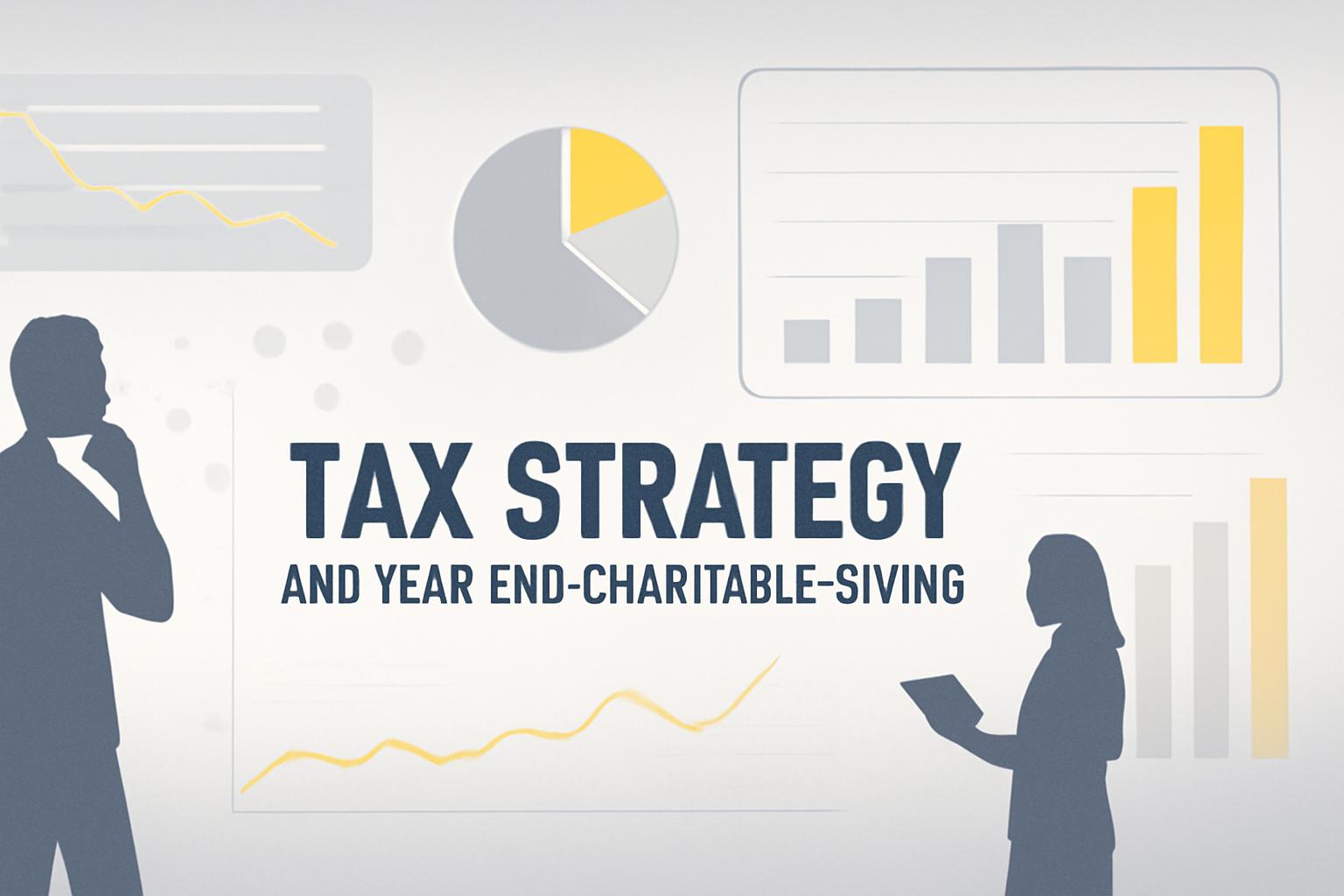Trump’s Tax Changes and Their Impact on Charitable Giving in 2025
President Donald Trump’s recent tax legislation introduces significant modifications to the framework surrounding charitable deductions, influencing individual giving strategies as we approach the close of 2025. These changes come amid a steady growth in U.S. charitable contributions, which reached $392.45 billion in 2024, a 5% increase adjusted for inflation, according to Giving USA’s annual report. Financial advisors emphasize that year-end giving plans should now incorporate a longer-term, multi-year perspective to optimize tax benefits under the new rules.
Standard Deduction Increases and Implications for Smaller Gifts
For 2025, the standard deduction rises to $15,750 for single filers and $31,500 for married couples filing jointly. Given that approximately 90% of taxpayers do not itemize deductions, this limits the pool of filers who can currently claim charitable contributions against their taxes. However, a pivotal change is set for 2026: non-itemizers will be eligible for a new charitable deduction of up to $1,000 for singles and $2,000 for married couples. This creates a compelling reason for individuals who typically do not itemize to consider delaying smaller charitable donations until the start of 2026 to maximize tax benefits.
“It seems like a no-brainer to just do it in January and capture a little benefit that you wouldn’t otherwise achieve,” said Edward Jastrem, CFP and chief planning officer at Heritage Financial Services.
Challenges for High Earners: The Double Impact of New Limits
Starting in 2026, high-income taxpayers will face two new constraints on charitable deductions. First, an itemized deduction floor will require that donations exceed 0.5% of adjusted gross income (AGI) before qualifying for a tax break. Second, the tax benefit for filers in the top 37% bracket will be capped, effectively reducing the marginal deduction rate to 35%. Dianne Mehany, leader of EY’s private tax group, describes this as a “double hit” that diminishes the overall advantage of charitable giving for top earners. Financial professionals advise that accelerating charitable donations in 2025 can help mitigate these upcoming restrictions. One efficient vehicle is the donor-advised fund, which allows donors to “bunch” multiple years’ worth of gifts into a single tax year, securing an upfront deduction while distributing funds to charities over time.
“There’s some benefit to accelerating donations this year,” said Sheneya Wilson, CPA and CEO of Fola Financial.
Strategic Considerations for Year-End Giving
- Non-itemizers should evaluate delaying smaller gifts until 2026 to utilize the new non-itemizer deduction.
- High earners may benefit from frontloading donations in 2025 to avoid reduced deduction rates and the new AGI floor.
- Utilizing donor-advised funds can optimize tax benefits by consolidating multiple years of giving into a single tax year.
- Consulting with tax professionals is essential to tailor giving strategies to individual financial situations amid evolving legislation.
FinOracleAI — Market View
The changes to charitable giving deductions embedded in President Trump’s tax legislation present a mixed landscape for donors. While non-itemizers gain a modest new incentive starting in 2026, high-income taxpayers face reduced marginal benefits due to deduction floors and caps. This bifurcation necessitates careful tax planning and may influence the timing and scale of charitable contributions moving forward.
- Opportunities: Enhanced deductions for non-itemizers encourage broader participation in charitable giving.
- Risks: Reduced tax benefits for top earners may dampen large-scale philanthropy unless mitigated by strategic planning.
- Donor-advised funds emerge as a key tool to maximize deduction timing and flexibility.
- Potential for shifts in year-end giving patterns as taxpayers adjust to new rules.
Impact: These tax law changes are expected to recalibrate charitable giving strategies, incentivizing non-itemizers while challenging high earners, thus altering the philanthropic landscape starting in 2026.













